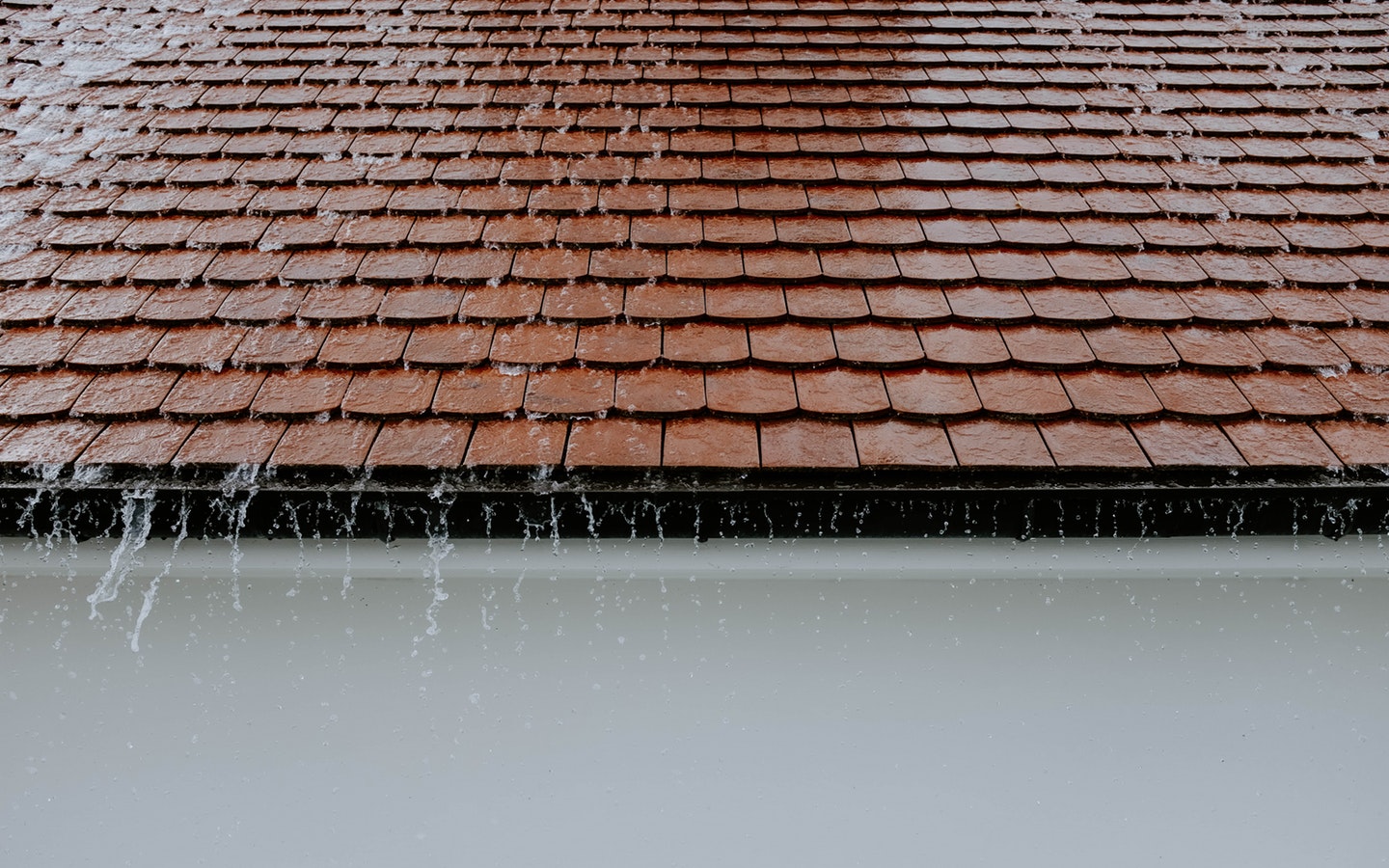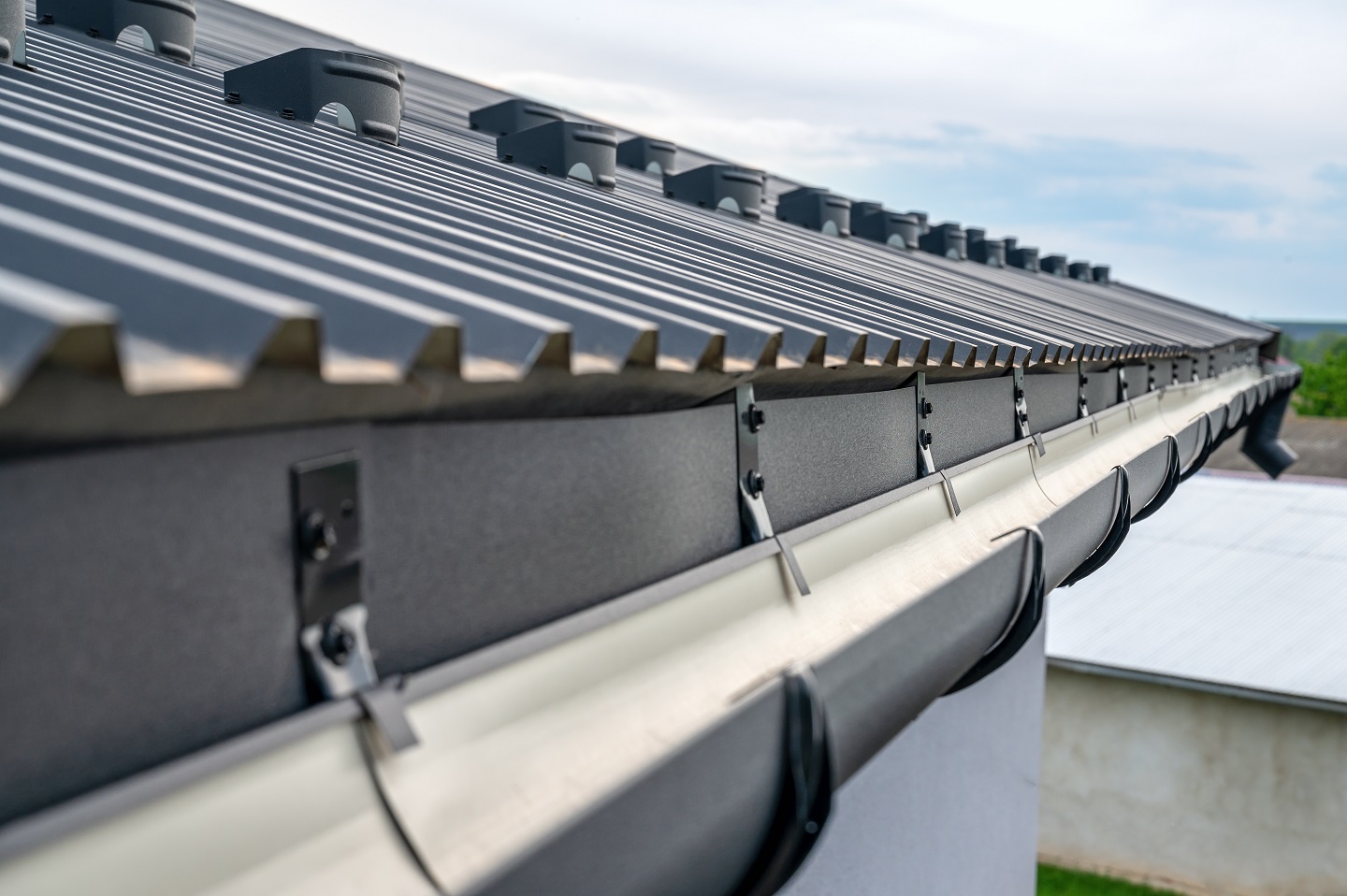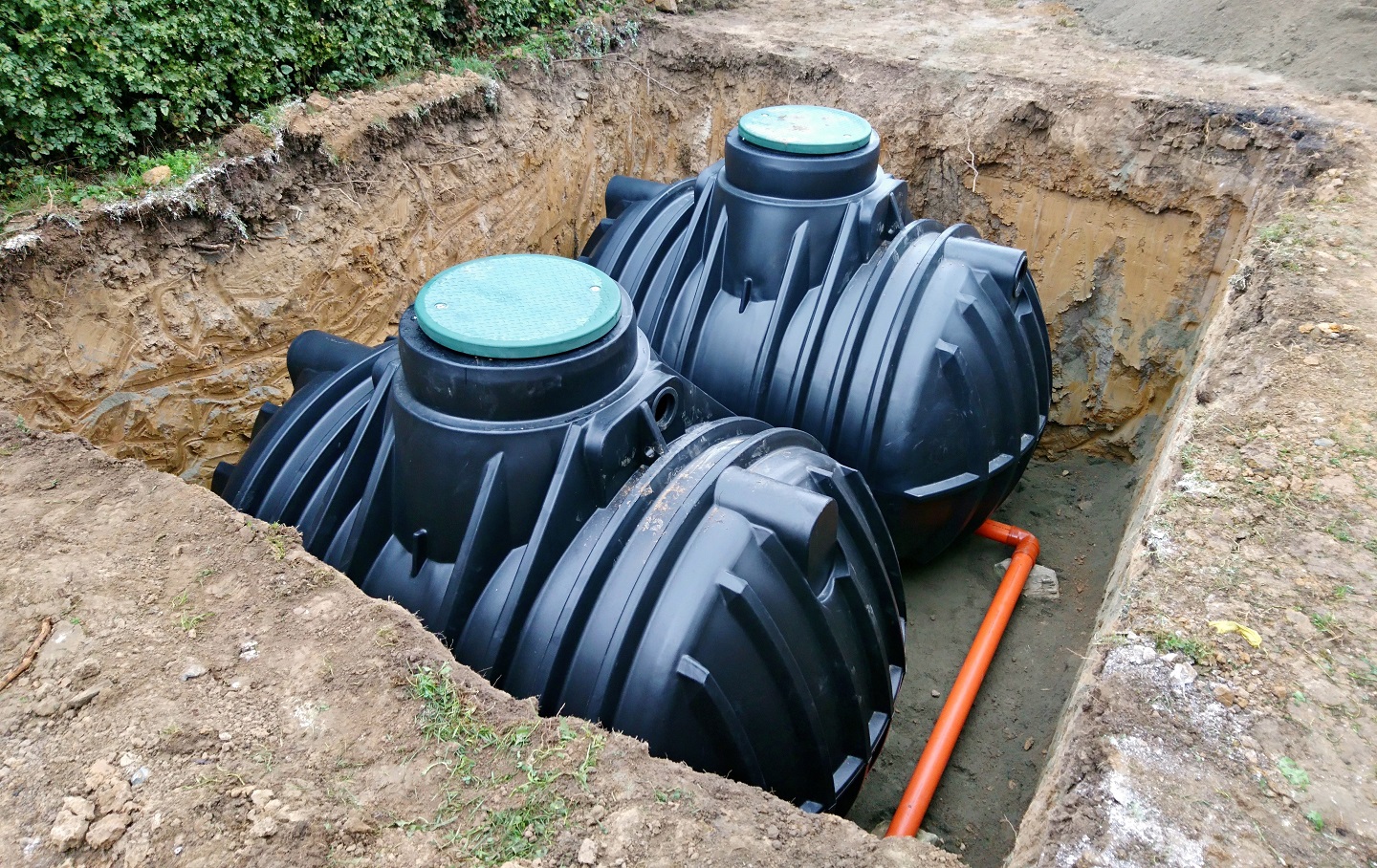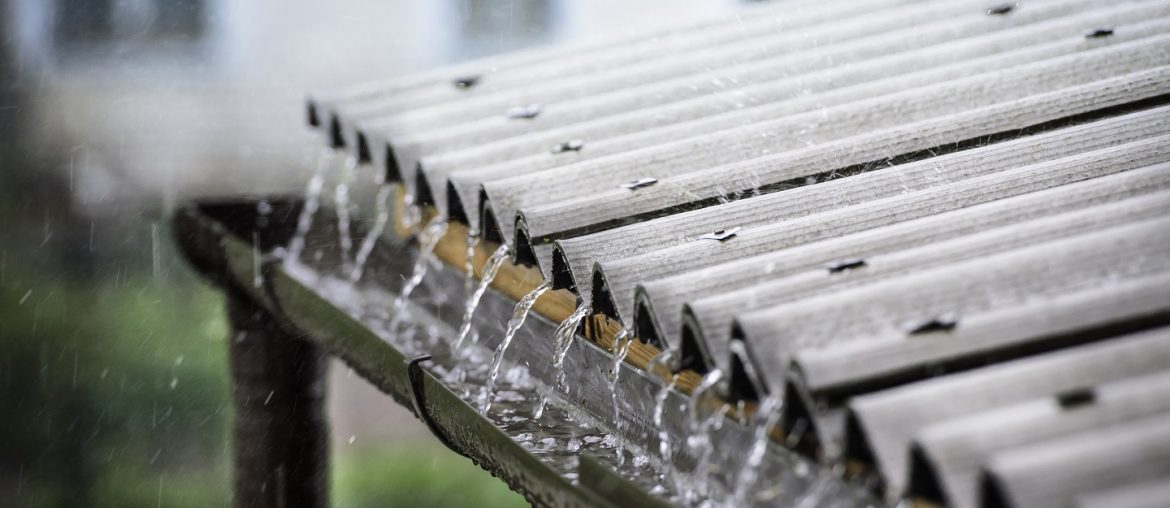Water is one of the most important things required for the basic survival of humanity. And from the looks of it, it might seem like water is abundant, with more than 71% of the world being covered by water. But most of that is saltwater in the oceans, which we cannot use in our daily lives. The remaining fresh water is also not completely renewable, as the growth of the human population has resulted in the over-usage of fresh water. As a result, water is being depleted faster than can be replenished by nature in many places. This has led to the scarcity of fresh water in many parts of the world. But we can do our part to fight against water scarcity, by conserving water in any way possible. And one of the best ways to do that is through rainwater harvesting.
What is Rainwater Harvesting?
Homes and buildings account for a significant amount of total water usage across the world. And it is the first place where we can start water conservation efforts. And one of the most effective ways to conserve water in homes and buildings is via rainwater harvesting. It is a way to collect and store rainwater from surfaces and rooftops in buildings. This can serve as an alternative to the regular water supply in case of any shortages. And it can also be used for purposes such as watering plants and other non-drinking purposes. Rainwater Harvesting can be a great way to conserve water in your home, as well as in your workplace.
Methods of Rainwater Harvesting

There are two main methods of rainwater harvesting that are in use today.
Surface Runoff Rainwater Harvesting
Using this method, rainwater that falls on the ground and other surfaces is collected via ducts and catchments on the ground and then stored in tanks. This is mostly used for irrigation, although in many places, the collected water is filtered to make it potable.
Rooftop Rainwater Harvesting
In this method, rainwater that is collected or falls off rooftops in residential and commercial buildings is collected and stored for future usage. Although not a common feature in most buildings, the adoption of green building and construction practices have made it a common feature in most modern buildings.
Rainwater Harvesting Components

There are numerous components that allow for the collection and harvesting of rainwater.
Catchment
The catchment is the main component that collects the rainwater. It is where the water runs off from the rooftop.
Pipes
The pipes are connected to the catchment and transport the rainwater to its destination.
Filter
The filter is used to treat the water and make it usable. It removes dust, leaves, and other organic materials from the rainwater. Different types of filters include:
- Sand Gravel Filter
- Charcoal Filter
- PVC Pipe Filter
- Sponge Filter
Tank
After proper filtration, the rainwater finally reaches the tank, where it can be stored for future use.
Benefits of Rainwater Harvesting

Harvested rainwater can be used for multiple purposes. They can be used for flushing toilets, washing and cleaning, and watering plants. Making use of rainwater in this way can greatly alleviate the pressure on conventional water supplies, and also help reduce our energy bills. Rainwater can also be conserved as an alternate source of water supply to be used in case of drought or water shortage.
Making use of Rainwater Harvesting in your building is a positive step towards making your home more eco-friendly and sustainable. And if you’re looking to incorporate eco-friendly practices into your lifestyle, take a look at this article. For more tips on how to live a healthy sustainable lifestyle, stay up to date with the Bproperty Blog.




